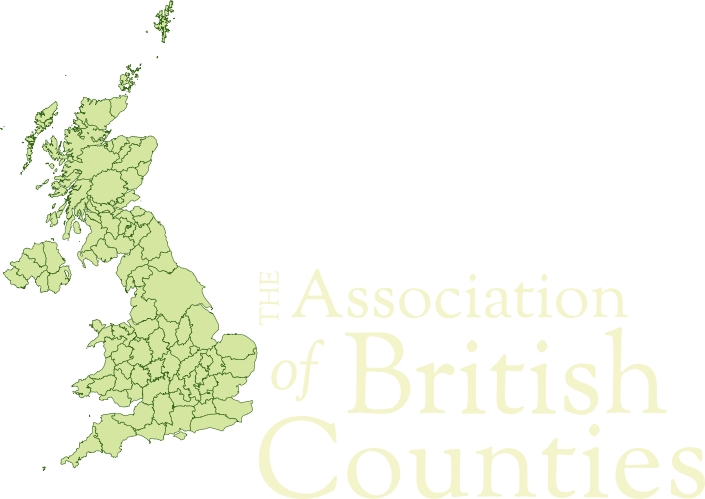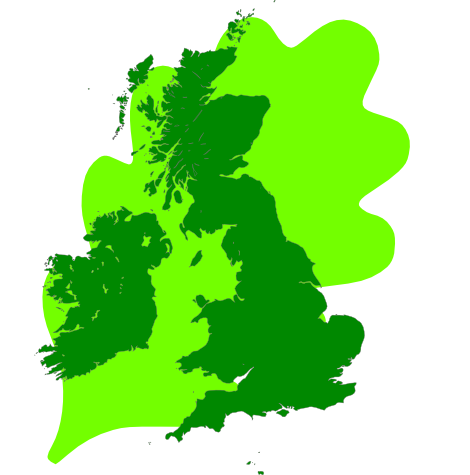Londonderry is a roughly cheese-wedge shaped rural county, bounded to east and south by Antrim and Tyrone respectively. County Londonderry sits on Ulster’s north coast, stretching from the River Bann westward to the City of Londonderry and the border with the Irish Republic. Inland County Londonderry reaches to Lough Neagh.
The county was created when the town of Derry was refounded as the City of Londonderry, from which it is thus named. The River Foyle runs through the western edges of the county, down to Londonderry itself and then into Lough Foyle.
The Bann marks the county’s eastern boundary, from where it leaves Lough Neagh to run due north to Coleraine and then into the Atlantic. Both Coleraine and the City of Londonderry spread onto both banks of their respective rivers and ‘the Liberties of Coleraine’ and ‘the Liberties of Londonderry’ on both banks belong the County Londonderry.
The south of the county is in the Sperrin Mountains, where the county’s highest point, the summit of Sawel Mountain, is shared with neighbouring Tyrone, as the county top of both.
Ulster’s second city, Londonderry is a historic walled city. It is known as “the Maiden City” as its walls have never been breached by an enemy. Londonderry and its history are embedded deep in the social mythology of all sides in Northern Ireland.
County Facts
County Town: Londonderry
Main Towns: Coleraine, Magherafelt, Limavady.
Main Rivers: Bann, Roe, Claudy, Foyle.
Highlights: Earhart Centre, Ballyarnet; Sperrin Mountains; Magilligan Strand; Roe Valley Country Park.
Highest Point: Sawel, 2,240 feet.
Area: 816 sq miles
Flower: Purple Saxifrage


